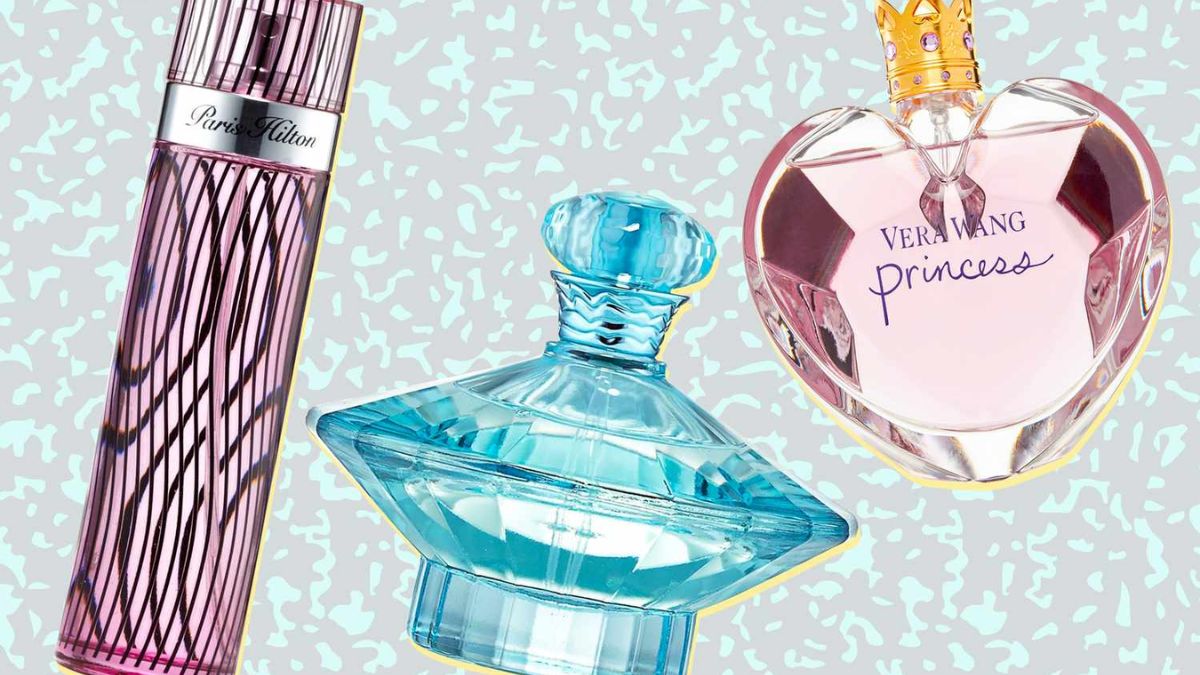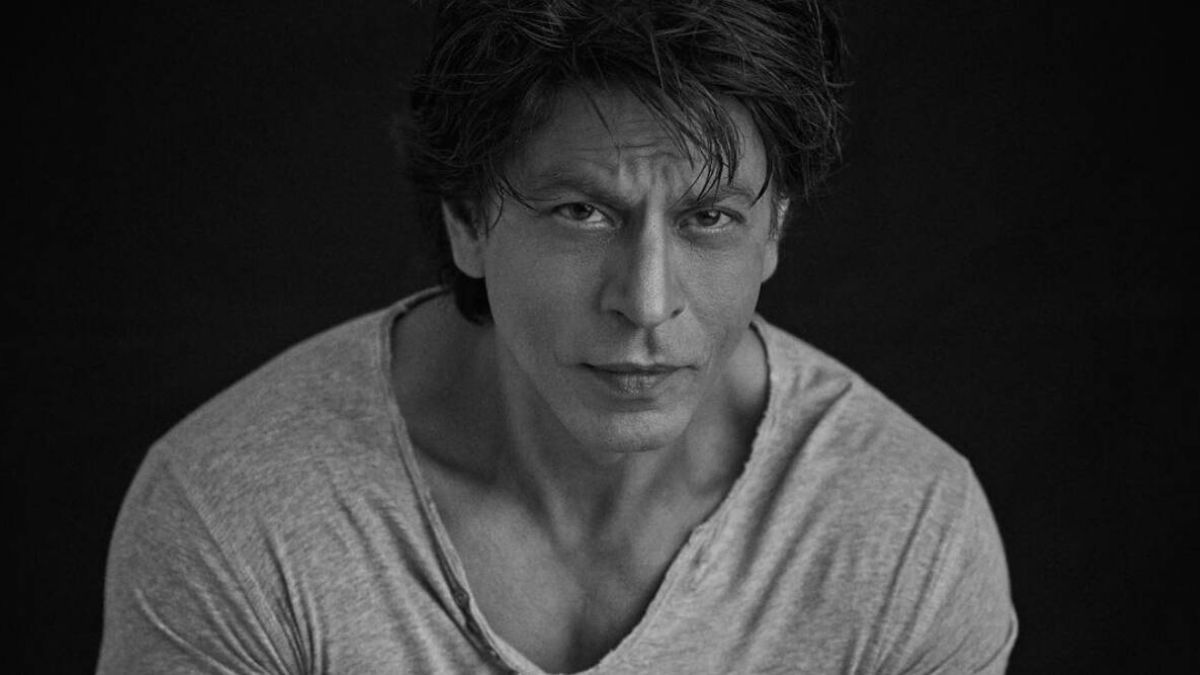In Milan, Fashion To Die For (And From)
“Fuck the people who say we are all the same. We can’t all be the same. For us, this is the defining characteristic. Gaetano Pesce said, “Otherwise, we are just a copy,” when asked about the diverse and colourful set he created for Matthieu Blazy’s second show at Bottega Veneta. To which Pesce added, “We are all originals and this is one of the themes of my design.”
At the end of the Milan shows, an 82-year-old radical and relentlessly original designer made these comments, which can be interpreted as a commentary on the fashion industry as a whole. Pesce went on, “If we see the same thing every day, then we die.” Blazy’s collection was one of the few exceptions, but otherwise Milan was rather lacklustre in terms of innovation. It was more often than not a style to be killed in than lived in.
A growing emphasis on promotion has led to a homogenous, quick, and simple fashion product. Take a look at what Remo Ruffini has done with something as simple as a down jacket. In the grand scheme of things, fashion-wise, Moncler’s massive takeover of Piazza Duomo to celebrate the company’s 70th anniversary was nothing to write home about. One jacket was replicated infinitely, serving as a visual alarm.
Considering that Missoni, Etro, Bally, and Ferragamo—four houses badly in need of a creative shakeup—all debuted new creative directors this season, the lack of innovative ideas was especially disheartening. Where have all the good art directors gone? Each candidate presented an impressive resume and unique perspective. However, they ultimately didn’t have the guts to cause any sort of disturbance. Chief executive officers are partly to blame. They are in charge now, and their strategies are predictable: appeal to a younger demographic, and make popular products.

Ferragamo’s fresh start involved a patricide of sorts, as the name Salvatore was removed from the brand. Maximilian Davis, though young and determined, was able to accomplish his goal of modernising the historic Florentine home. Even though he has a strong opinion, he has charted too many waters, including such diverse areas as precise tailoring, lavish utility, and lovely flou. The concept of simplifying design in order to increase sensuality stood out, but the accessories could have used a keener eye and a gentler touch. The energy was the most convincing part.
Unfortunately, Filippo Grazioli’s strong intuition resulted in a collection of skintight miniskirts and long dresses in the same fiammato and zig zag patterns worn by everyone else. The difficulty here, of course, was striking a balance between newness and continuity; unfortunately, it didn’t quite work.
While it’s great that Marco De Vincenzo has finally abandoned boho chic, his attempts to steer Etro in a new creative direction were unconvincing. There were some promising elements, such as denim-like jacquards, club-kid platforms, and trippy make-up, but ultimately, one wished that the creative director would dive more fearlessly into the hypnotic psychedelia at which he excels. Rhuigi Villaseor at Bally was the best of the bunch despite the Tom Ford vibes; at the very least, the Californian warmed up the otherwise icy Swiss label.

Last year, Benjamin Huseby and Serhat Iik were brought on as the new creative directors of Trussardi’s GmbH, and since then, the brand has been undergoing a transformation, the ultimate direction of which is still unclear. The juxtaposition of sleek jerseys and protective leathers was successful this time but could use some tweaking.
Diesel is the only company where a risky reimagining has paid off. Maybe it shouldn’t come as a shock, but Glenn Martens is one of the most successful fashion writers of his generation and a genuine visionary. Martens has given the familiar brand a new, distorted spin by experimenting with vulgarity, pop, and denim and twisting it all around in his warped imagination. Alternatively, while Fausto Puglisi’s interpretation of Roberto Cavalli’s glitz may not be the most cutting-edge thing, it does have some meat to it.

At Fendi, things did not look good, and it wasn’t just because the brand’s utilitarian inspiration was being translated into aprons and fatigues in leather and satin, as was so often the case. The once-signature extraordinary material richness and three-dimensionality of the venerable Roman house is disappearing as the building flattens. Across town at Boss, a pompous show seemed to hide the somberness of well-tailored, but uninspired, broad-shouldered suits.
An emotional performance at Gucci. The concept of being a twin and being different was central to the show, and the audience was moved to tears by the poignant scene of two identical twins holding hands and then breaking apart. However, it was not a particularly fashionable time. This was another Gucci mishmash, full of throwback 80s and ethnic references and a sexy sharpness that cut like a knife. Alessandro Michele is increasingly designing collections that look the same season after season.

The emphasis at Prada was squarely on the clothes, which were simple, flattened, rag-like, and reminiscent of long-forgotten doll’s clothes from the attic. Some of the pieces, like the shirt jumpsuits, were extremely unflattering, and the broken couture theme is a tired Prada cliché. Although the excursion had a strangely energising effect. The crudeness and the underlying feeling of paucity were both very current. Mrs. Prada, who is now working with Raf Simons, possesses the rare ability to reset everything and regain fashion’s “virginity” on occasion. Nothingness has never felt so potent after the recent logo fad.
Giorgio Armani is unrivalled when it comes to an uncomplicated appreciation of fashion. Also, he never wavers from his themes, returning to elongation, purity, and deconstruction year after year. There was more than just a lot of gold to make this recent adventure shine. The air radiated a calmness that was sorely needed. Walter Chiapponi, the creative director of Tod’s, centred his collections on ease and fluidity while using only the finest materials. Here, peace and quiet reigned supreme, and it was wonderful.

Alessandro Dell’Acqua’s No.21 was feminine, while Versace was gothic but rather cheap, Blumarine was dark and wild, and GCDS was bright and clubby. By reducing the number of times he mentioned Alaa, Andrea Adamo solidified his position as Milan’s undisputed king of sexiness. At MSGM, a different kind of seduction was on display, one that aimed to undermine the status of the bride. Because of this, a great deal of elasticity and tulle were required. Though intriguing, the experiment left open too many questions.
Two of the season’s strongest collections were strongly influenced by Phoebe Philo, which says a lot. This was one of Lucie and Luke Meier’s best collections, despite the constant presence of Jil Sander’s spectre: sleek and glamorous, glitzy and rigorous, with a touch of sequins, crystals, and embellishment, and beautiful sunset colours.

Bottega Veneta always had a whiff of Old Céline; after all, current creative director Matthieu Blazy worked there at a pivotal time, and that left an imprint, as seen in his billowing tailoring and beautiful jacquard dresses inspired by Giacomo Balla. Despite his heritage, Blazy has established his own unique style. His mastery of leather is remarkable, and he is capable of completely transforming even the most basic garments, such as jeans or a check shirt. In addition, he designs killer dance attire. His leadership has brought Bottega back to the level of refined edginess it had during the Tomas Maier era. Certainly Daniel Lee was more risk taking. Yet, Blazy is the classiest.

Again at Sunnei, a set of twins served as fodder for a discussion of the transformative power of fashion by posing the question of whether or not one set of clothes can fool onlookers into thinking that they’re wearing something completely different. It was a straightforward device, but it did its job brilliantly, drawing attention to the wit and mischief of Simone Rizzo and Loris Messina.
Vitelli was a declaration of independence and pure chaos. In the label’s show notes, label founder and young genius Mauro Simionato said, “The orthodoxy of trends defines popularity and it is not my means of participation.” Amen.
Connect With Debonair Magazine On Social Media [ Facebook | Instagram | Twitter | LinkedIn ] To Get Real-Time Updates On The Market. Also Registrations Are Open For Ms. & Mrs. Debonair, Register Now And Be The Rising Queen.


